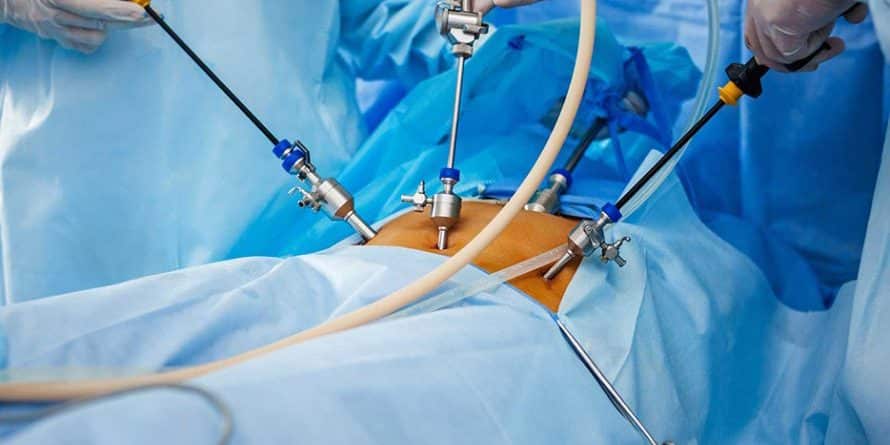Dental Cyst

Dental cysts consist of fluid-filled sacs that develop in the jawbone and soft tissues in the mouth. These may appear as cysts on the gum or root of the tooth. It is more common especially in the 10-30 age group. It is located on the upper part of an impacted tooth that has not yet erupted or partially erupted.
This usually means that the maxillary (upper jaw) canines or third molars, called wisdom teeth, are affected. They are not encountered in childhood, as they often appear during the development of permanent teeth.
They are also called follicular cysts and appear to occur developmentally. Dental cysts are among the types of odontogenic (tooth origin) cysts, and we can encounter them as the second most common type among odontogenic cysts.
Cysts seen in the first row are periapical cysts and consist of infections seen in the tooth. In addition to being mild and benign, dental cysts cause serious complications such as infection and tooth loss if not treated properly.

Dental cyst symptoms symptoms
Small-sized dental cysts may not cause any symptoms or may be seen with mild symptoms. When the diameter of the tooth cyst exceeds 2 centimeters, some symptoms are seen. Some of the symptoms that may occur in this situation are;
Swelling
Toothache and tooth sensitivity
Shifting and displacement of teeth
loose teeth
Presence of a prominent bump where the tooth should erupt
It can give a feeling of pressure on the dental nerves and numbness of the face.

How does a cyst occur in a tooth?
A cyst develops in the tooth with the accumulation of fluid in the upper part of the impacted teeth. There is no common opinion about the exact cause of cyst development. Dental cysts, which can be seen in everyone, often affect people in the second and fourth decades.
Odontogenic tumors, masses and cysts may originate from cells and tissues that form the normal steps of tooth development. Their association with some genetic syndromes has been proven. Dental cysts are also seen in some tumor suppressor gene deficiencies or defects. The presence of certain syndromes that pose a risk of developing odontogenic cysts in the chin causes features associated with basal cell cancer in some cases.
Since impacted teeth remain embedded in the gum and jaw bone tissue for a very long time, the risk of developing dental cysts is also high. Dental cysts can be encountered due to dental trauma and dental caries.
The hole that occurs in the teeth following dental caries simplifies the development of infection. Taking care of oral and dental health and providing the necessary hygiene are very important details in order to be protected from dental caries.
The hole that occurs in the teeth following dental caries simplifies the development of infection. Taking care of oral and dental health and providing the necessary hygiene are very important details in order to be protected from dental caries.

How is a dental cyst treated?
Tooth cysts, especially when they are small in size, may not cause symptoms, and in this case, we can say that it is not possible to notice them. Dental cysts, which are difficult to diagnose until a dental x-ray is taken, are seen as a small area on the x-ray.
Computed tomography and magnetic resonance imaging can be considered as options for further confirmation. Advanced imaging methods are very important for differentiation with other cyst types such as periapical cyst or aneurysmal bone cyst. If the cysts are very large or irregularly circumscribed, an experienced dentist can quickly diagnose a dental cyst by physical examination alone.

Treatment process
The size of the cysts is one of the most important determinants in establishing the appropriate treatment plan after the diagnosis of dental cyst.
We can say that small-sized dental cysts are surgically removed together with the affected tooth. We can say that the surgical procedure applied by oral and maxillofacial surgeons is a very effective and safe treatment.
In some cases, it can create a treatment procedure called marsupialization. In the Marsupialization technique, the tooth cyst is surgically cut and brought together from the remaining cleft edges. In this way, the cyst is left open and it is seen that it flows easily in case of fluid accumulation. You should know that preventing the development of cysts again is among the objectives of the procedure.
Marsupialization technique is performed in selected cases when a single evacuation procedure is insufficient. It is a good treatment option as the surrounding tissue and tooth do not need to be completely removed. To allow the smooth development and eruption of the affected tooth due to the cyst. Other treatment methods for dental cysts are;
Pharmacological (drug) treatment method
Nutrition, speech and swallowing supportive therapies to improve quality of life and facilitate functions
Reconstruction operations for the restoration of the jawbone and surrounding tissues.
Close follow-up and regular control of dental cysts reduces the risk of reoccurrence and provides early diagnosis and early treatment. Dental cysts can continue to grow and lead to progressive complications if treatment is left unplanned and unapplied. The use of antibiotics does not eliminate the dental cysts and eliminate the damage to the affected surrounding tissue.
Dental cyst operation
Local anesthesia is among the preferred methods as an alternative to general anesthesia in order to prevent pain or feeling of pain during dental cyst surgery.
The type of surgery may vary depending on the type and size of the cyst and the characteristics of the patient. If the size of the cyst is very large, you should know that the size of the cyst is reduced by inserting a drain (the tube that allows the transfer of fluid and tissue pieces from the wound) before the surgery. Antibiotic treatment can be used for prophylaxis before surgery. During the procedure, the gingiva is surgically cut and the cyst located in the inner layer is cleaned without interfering with the surrounding tissues.






